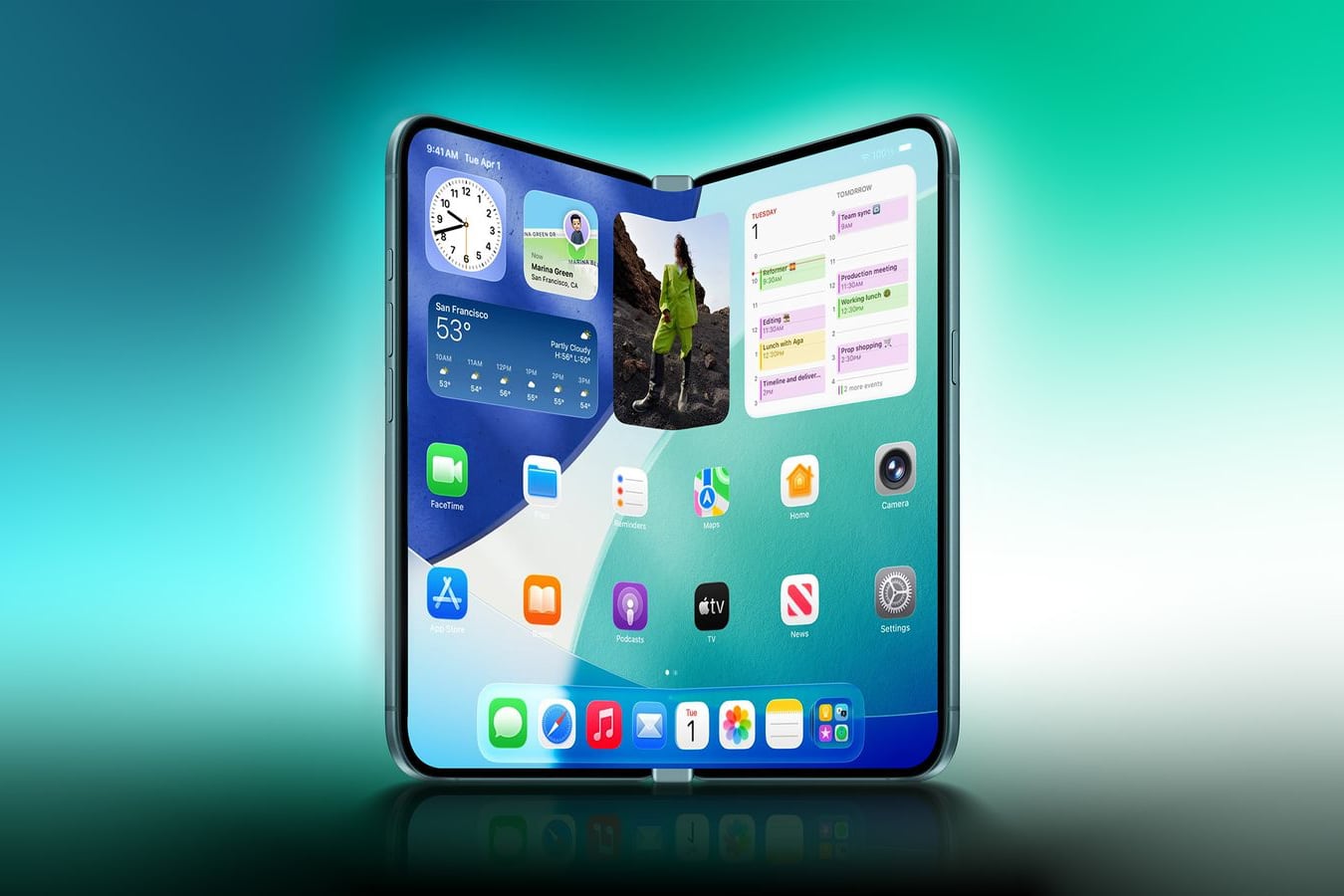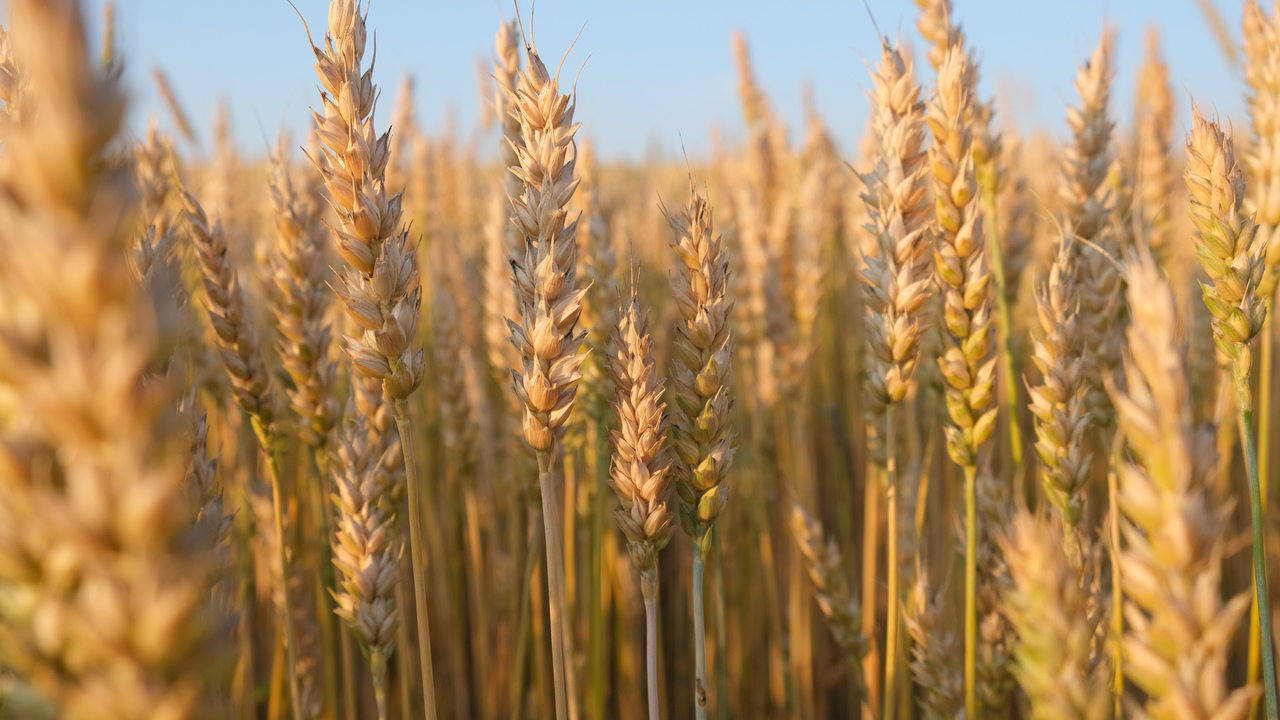Biologists NI Lobachevsky from Nizhny Novgorod State University have uncovered a mechanism that helps plants “warn” different parts of the danger. It turns out that it is carried out with the help of special electrical signals. The researchers published the results of their work in the journal Frontiers in Plant Science.
Electrical impulses are caused by changes in the concentration of ions inside and outside the plant cell. It leads to either depolarization – the accumulation of a positive charge, or hyperpolarization – the accumulation of a negative charge inside the cell. These changes are also distributed to plant tissues. It was believed that the facility originally transmitted signals, but in reality it was only observed in critical situations.
Russian scientists have already shown that plants respond to stimuli characteristic of natural conditions with the help of hyperpolarization. Now they decided to find out exactly how such electrical signals affect plants. During the experiment, the researchers heated the wheat moderately – up to 40 ° C – and irradiated it with blue light: such conditions can be observed in real conditions, during heat and drought.
It turned out that these stimuli caused the plant to produce hyperpolarizing electrical signals – during moderate drought (wheat was dehydrated for a week). Their severity was directly related to the reduction in the efficiency of photosynthesis. In severe drought, signals were less intense up to 14 days without irrigation.
According to the scientists, the results of their experiments show that hyperpolarization plays an important role in adapting to adverse, but often tolerable environmental conditions: it inhibits photosynthesis, allowing the plant to switch to energy-saving mode. If strong irritants act on the plant, the transmission of danger signals occurs in a different way.
Source: Ferra
I am a professional journalist and content creator with extensive experience writing for news websites. I currently work as an author at Gadget Onus, where I specialize in covering hot news topics. My written pieces have been published on some of the biggest media outlets around the world, including The Guardian and BBC News.










